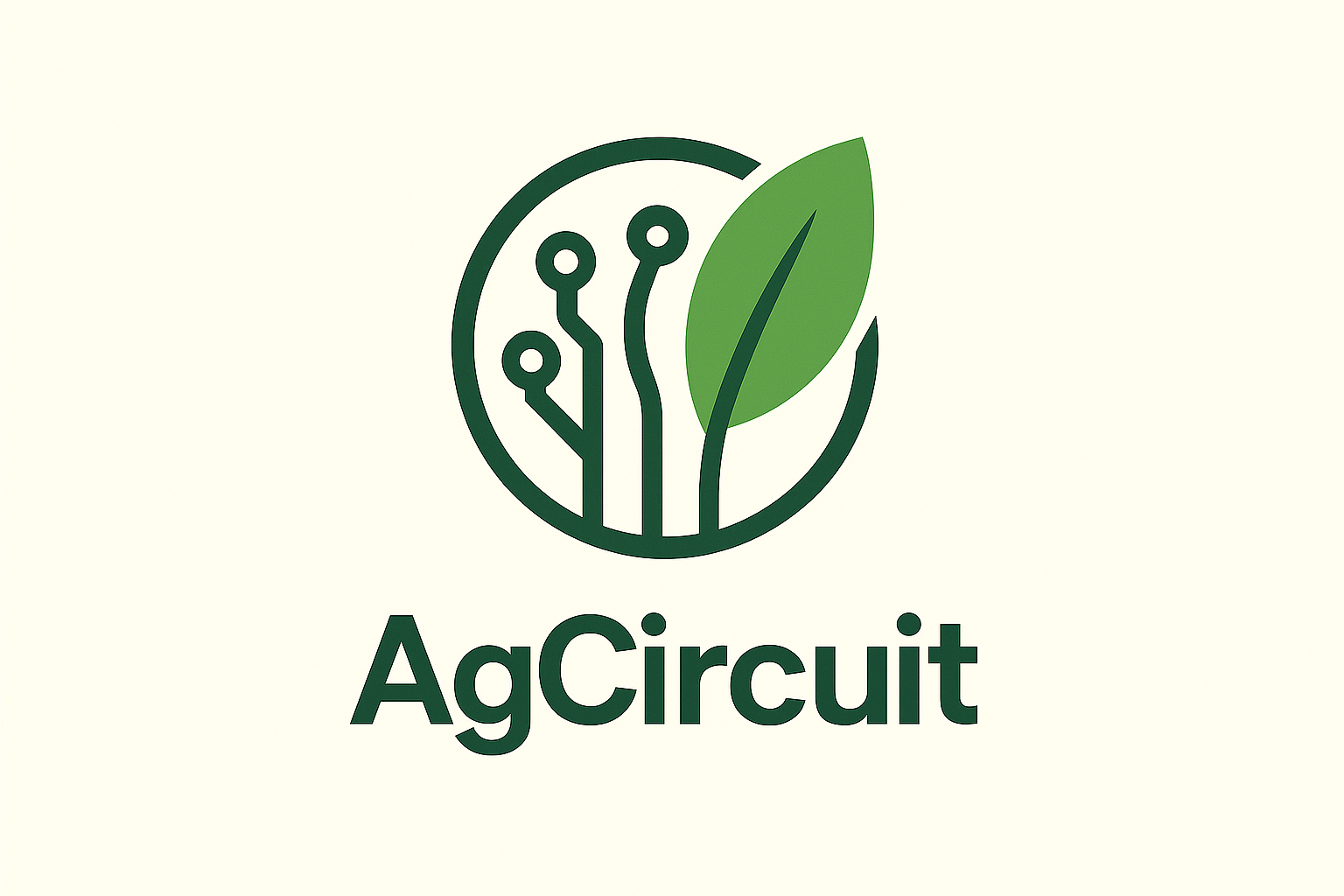1. Introduction: The Logic of Safety and Structure in Digital Vaults
Secure vaults are not merely physical or digital fortresses—they are systems built upon rigorous logical foundations. At their core, these vaults rely on Boolean logic to enforce access rules, validate routes, and protect stored information. Just as Boolean expressions use true/false outcomes to determine truth, vault systems use logical conditions to grant or deny entry. Combinatorial principles—counting valid paths, sequences, and combinations—enable precise control over who accesses what and through which routes. This logical architecture ensures that only authorized users navigate authorized paths, minimizing vulnerabilities in complex digital environments.
2. Binomial Coefficients and Combinatorial Security
The binomial coefficient C(n,k) = n! ⁄ [k!(n−k)!] quantifies the number of ways to choose k items from n without repetition. This concept directly translates to secure access path selection: among 25 possible routes, a system might allow authorization only through valid subsets of 6, calculated as C(25,6) = 177,100. Such vast possibility spaces demand intelligent restriction—secure systems prune invalid subsets to prevent unauthorized access. By limiting valid combinations, vaults reduce attack surfaces and ensure that only pre-approved, logically consistent paths are active, much like how combinatorics governs secure routing in encrypted networks.
Example: Securing 25 Routes with C(25,6)
Consider a vault managing 25 access paths. A user must select exactly 6 valid routes to proceed. The number of possible valid route sets is C(25,6) = 177,100. This immense number illustrates the sheer scale of possible access combinations. A secure system filters these, allowing only authorized subsets—preventing brute-force guessing and ensuring only mathematically coherent access paths exist. This mirrors how combinatorial logic underpins encryption, where valid keys form a tiny fraction of all possibilities, safeguarding confidentiality.
3. Permutations and Dynamic Path Routing
While combinations count selections, permutations P(n,r) = n! ⁄ (n−r)! define ordered sequences—critical for dynamic path routing. Imagine a vault where access requires entering a passcode in a specific sequence: P(5,3) = 60 arrangements reveal how many unique ways a 3-step code can be formed from 5 digits. Permutations enforce uniqueness, making brute-force guessing computationally infeasible. In cryptography, order determines unlockability—just as each step in a secure path must be precisely ordered and verified. This prevents path replay attacks and ensures traceable, authenticated entry.
4. Dirac’s Equation and the Logic of Existence: From Physics to Cryptographic Primitives
Paul Dirac’s 1928 equation (iγᵘ∂μ − m)ψ = 0 fused quantum mechanics with logical consistency, predicting antimatter via self-consistent field behavior. This mathematical rigor echoes secure vault design: logical coherence guarantees that stored paths and cryptographic keys remain intact and verifiable. Just as Dirac’s equation ensures physical reality aligns with theoretical prediction, vault systems rely on consistent logic to authenticate paths and resist tampering. Predictive frameworks in both domains enforce integrity—preventing unauthorized modifications and ensuring trust in every accessed route.
5. Boolean Logic as the Foundation of Secure Vault Design
Boolean logic—true/false, AND/OR/NOT—forms the bedrock of access control and path validation. Consider the expression v ∧ (¬e ∨ p): a user is authorized only if they are verified (v) and either not flagged (¬e) or possessing a privileged token (p). This logic filters access in real time, ensuring only valid combinations unlock vault entry. Boolean expressions prevent cascading failures by enforcing strict truth-functional rules—any invalid input invalidates the entire path, securing the system against cascading breaches.
6. Biggest Vault: A Natural Case Study in Logical Engineering
The largest vault integrates combinatorial selection, ordered sequences, and predictive validation—mirroring Dirac-inspired logical engineering. Access control limits valid subsets like C(n,k), permutations enforce unique 3-step codes via P(5,3), and Boolean rules ensure only authenticated sequences unlock paths. Path validation uses permutations to assign traceable entry routes, while predictive logic guarantees integrity across all stored keys and access paths. This vault exemplifies how deep logical principles scale into robust, tamper-resistant infrastructure, much like the principles underlying Dirac’s equation ensure physical consistency.
7. Non-Obvious Deep Dive: Logical Minimalism and Scalability
Efficient vault systems embrace logical minimalism—using Boolean expressions to enforce rules without unnecessary complexity. Combinatorial pruning eliminates redundant paths, enhancing speed and security. Modular logic allows scalability: small logical primitives compose into vast, resilient systems. This mirrors Dirac’s approach—simple yet profound equations govern complex quantum phenomena. For future-proofing, logical adaptability enables vaults to evolve against emerging threats, ensuring long-term trust through reason.
8. Conclusion: From Logic to Legacy — Building Trust Through Reason
From Boolean expressions to Dirac’s predictive equations, logical foundations underpin every secure vault and path. These principles transform abstract reasoning into tangible security: restricting valid combinations limits attack surfaces, ordered sequences prevent guessing, and consistent logic ensures authenticity. The biggest vault is not just a physical marvel but a testament to how deep logical integration builds enduring trust. As digital threats grow, so too does the power of reasoning—ensuring every entry, route, and key remains secure by design.
